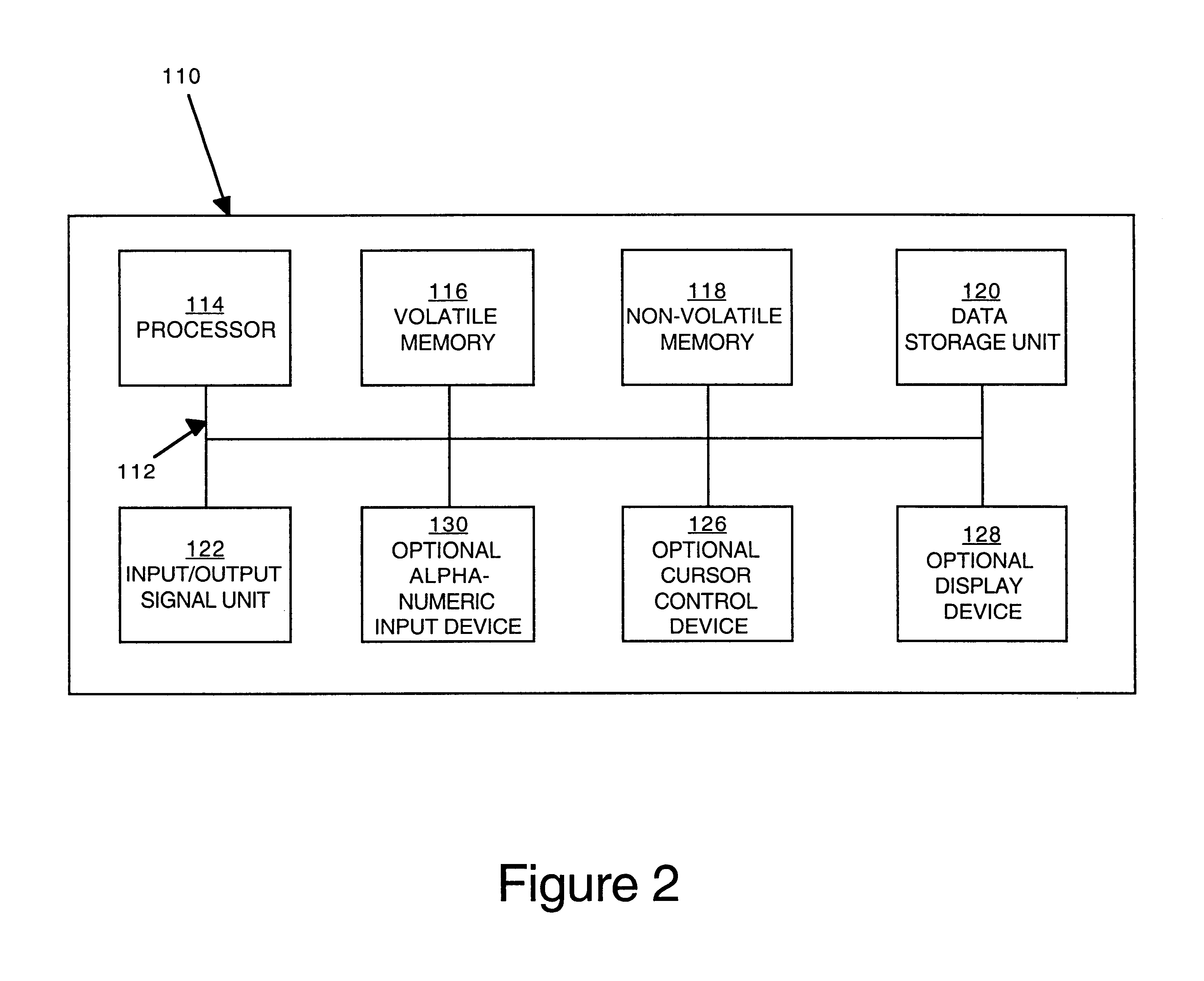Method and apparatus for synchronizing cache with target tables in a data warehousing system
a data warehousing system and target table technology, applied in the field of data management systems, can solve the problems of data within the data warehouse/mart losing relevance for analysis used in support of decision-makers, databases are out of sync with operational databases, and data within the data warehouse/mart is difficult to analyze, etc., to achieve the effect of increasing the speed at which data are transported and processed, reducing the load on processing resources, and increasing data throughpu
- Summary
- Abstract
- Description
- Claims
- Application Information
AI Technical Summary
Benefits of technology
Problems solved by technology
Method used
Image
Examples
Embodiment Construction
[0031]An apparatus and method for synchronizing data in a data management system are described. In particular, an apparatus and method for synchronizing data in a cache with data in a target table in a data warehousing system are described. In the following description, for purposes of explanation, numerous specific details are set forth in order to provide a thorough understanding of the present invention. It will be obvious, however, to one skilled in the art that the present invention may be practiced without these specific details. In other instances, well-known structures and devices are shown in block diagram form in order to avoid obscuring the present invention.
[0032]Notation and Nomenclature
[0033]Some portions of the detailed descriptions that follow are presented in terms of procedures, logic blocks, processing, and other symbolic representations of operations on data bits within a computer memory. These descriptions and representations are the means used by those skilled ...
PUM
 Login to View More
Login to View More Abstract
Description
Claims
Application Information
 Login to View More
Login to View More - R&D
- Intellectual Property
- Life Sciences
- Materials
- Tech Scout
- Unparalleled Data Quality
- Higher Quality Content
- 60% Fewer Hallucinations
Browse by: Latest US Patents, China's latest patents, Technical Efficacy Thesaurus, Application Domain, Technology Topic, Popular Technical Reports.
© 2025 PatSnap. All rights reserved.Legal|Privacy policy|Modern Slavery Act Transparency Statement|Sitemap|About US| Contact US: help@patsnap.com



